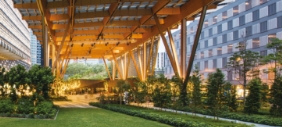2024.04.03 Architecture
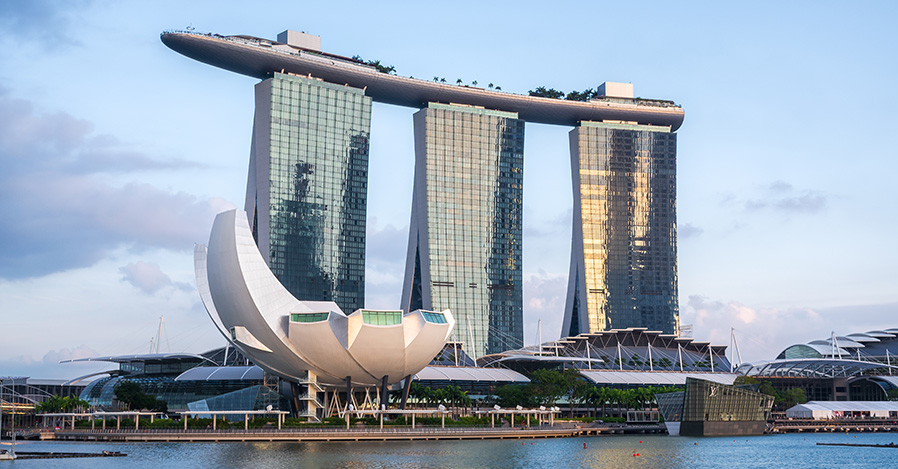
Sustainable Architecture Around the World
Breath-taking beauty and unprecedented distinctive architecture have long been highly esteemed as "masterpieces". However, in recent years, buildings have come to be evaluated not only based on their design, but also on their sustainability.
According to the World Green Building Council in 2019, approximately 39% of the world's carbon emissions are related to the construction and building industry, with 28% being emitted through building operation such as air conditioning and electricity usage, and the remaining 11% being emitted through materials and construction.
To reduce such environmental burdens, various approaches to sustainable architecture have been undertaken, including the selection of building materials, construction methods, and effective utilization of energy and water resources. Furthermore, in addition to reducing environmental impact, sustainable architecture aims to solve issues such as providing habitat for living things and creating employment opportunities in economically disadvantaged areas, and strives to harmonize with the surrounding environment and solve problems.
Sustainable architecture is often evaluated based on the following three points.
Environmental Consideration
Sustainable architecture emphasizes minimizing the impact on the natural environment during the construction process and the use of buildings. Examples include the use of renewable energy, the implementation of energy-saving equipment, and waste recycling.
Social Aspects
Sustainable architecture gives priority to the health and comfort of residents or users. Considerations include residents' health, contribution to the local community, and the use of public spaces.
Economic Aspects
Sustainable architecture is required to be economically sustainable as well. Reduction of energy costs, efficient use of construction materials, and the development of long-term maintenance plans are important.
In the column, we will gradually introduce some famous examples of sustainable architecture from around the world.
01. Marina Bay Sands
- Environmental
- Economic
One of the notable examples of sustainable architecture is "Marina Bay Sands" in Singapore. This building emphasizes environmental conservation and energy efficiency. Notable features include extensive greenery on the rooftop, cultivation of tropical plants, and reuse of rainwater to promote the protection of ecosystems within urban environments. Additionally, the adoption of solar panels and high-efficiency energy systems helps to reduce energy consumption. Furthermore, in the selection of building materials, priority is given to recyclable materials to minimize waste. Through these initiatives, "Marina Bay Sands" is attracting global attention as a model of sustainability.
*In this building, our product SAND ELEGANTE was used.
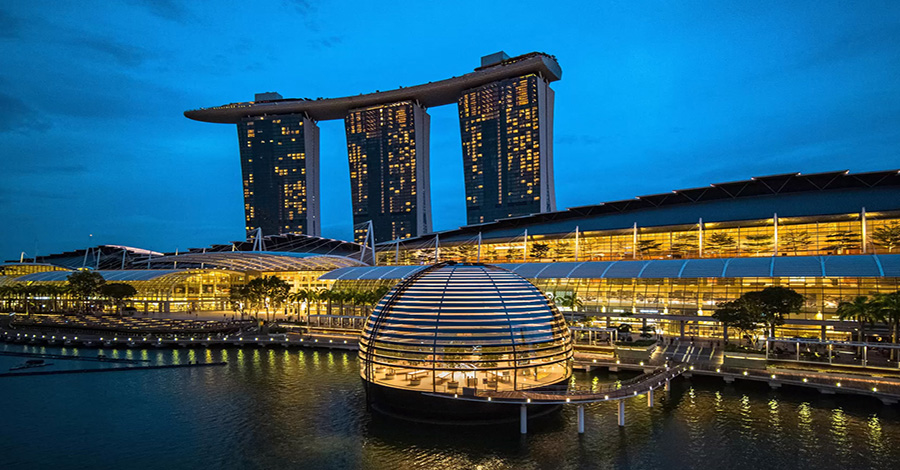
02. 8 House
- Environmental
- Economic
One of the iconic examples of sustainable architecture is "8 House" located in Copenhagen, Denmark. This building features a design that minimizes environmental impact while prioritizing the quality of life for its residents. The shape of the building is inspired by a figure 8, providing an environment where residents can easily interact with each other. There are green spaces and gardens on the rooftop, promoting urban greening. Moreover, the building itself incorporates solar panels to maximize the use of renewable energy. By using materials with high insulation performance and improving energy efficiency, it achieves a balance between residents' comfort and energy consumption reduction. Through these initiatives, "8 House" has received international acclaim as an excellent example of sustainable architecture, emphasizing the pursuit of sustainability.
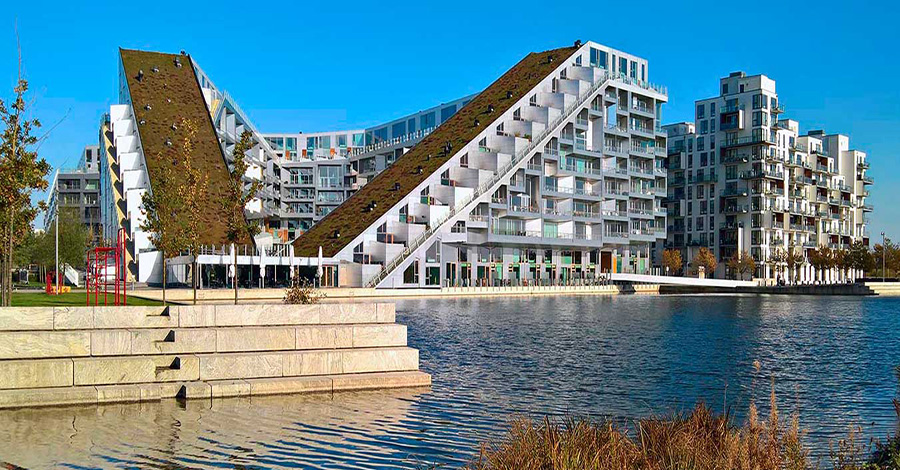
03. Bill & Melinda Gates Foundation headquarters building
- Environmental
A typical example of sustainable architecture is the "Bill & Melinda Gates Foundation headquarters building" in Seattle, Washington, United Statues. The building has been designed with environmental considerations and sustainability in mind. One of its special features is the use of high-performance insulation materials and efficient energy systems to minimize energy consumption. Additionally, the building has installed solar panels and wind turbines to utilize renewable energy sources. Additionally, the building is actively working to reduce waste, including implementing waste management and recycling systems. Green rooftop gardens and plants are strategically placed both inside and outside the building to promote urban greening and CO2 absorption. With its comprehensive sustainability strategy and high performance, the Bill & Melinda Gates Foundation headquarters building serves as a global model for sustainable architecture.
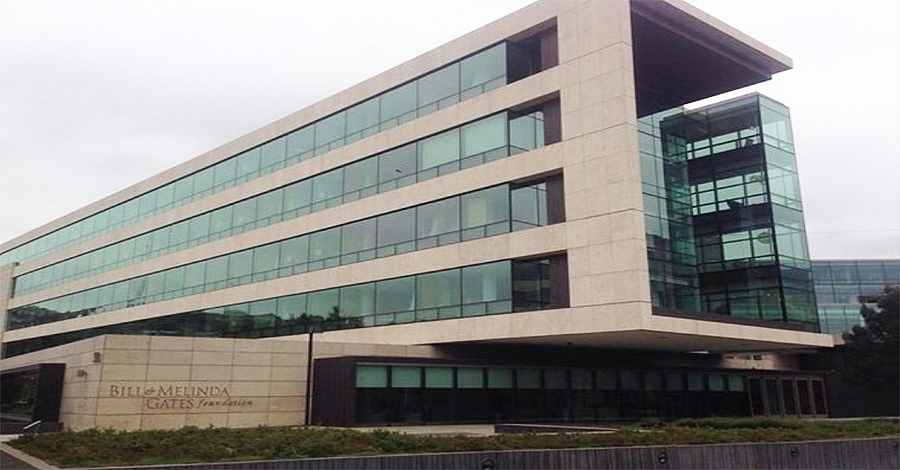
04. Floating Floriade
- Environmental
- Economic
"Floating Floriade" in Amsterdam, Netherlands stands out as a global example of sustainable architecture. This building, which floats on water, demonstrates an innovative approach to sustainability and environmental consciousness. Firstly, the building is constructed on a floating platform, minimizing its impact on the natural environment by utilizing buoyancy. It utilizes solar panels and wind turbines to secure renewable energy sources. Additionally, considerations for the water environment, such as wastewater treatment systems and waste management, are prioritized. The building's design balances comfort and energy efficiency by making use of ventilation and natural light. Through this approach, "Floating Floriade" has attracted attention from a sustainability perspective and is being evaluated as a model for future urban development.
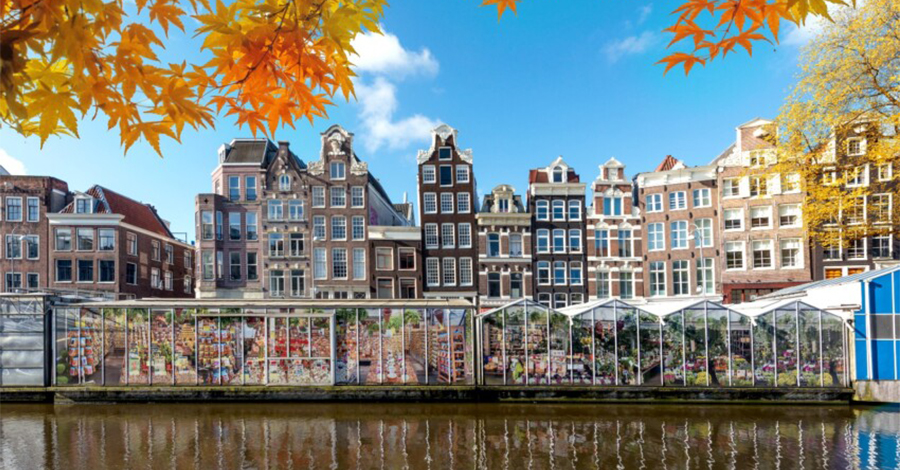
05. Brooks Tower
- Environmental
- Economic
One prominent example of sustainable architecture is the "Brooks Tower" located in Seattle, USA. This building has obtained LEED Platinum certification and is highly praised for its environmentally conscious design and construction, making it a highly sustainable structure. The distinctive features of "Brooks Tower" include its multifaceted energy efficiency and resource utilization. The building is equipped with renewable energy systems such as solar panels and wind turbines, enabling self-sufficient energy supply. Additionally, the use of high-performance insulation materials and energy-efficient facilities minimizes energy consumption. Furthermore, active measures are taken to reduce waste, implement recycling programs, and reuse water. Thanks to these efforts, "Brooks Tower" is renowned as an eco-friendly building and serves as a model of sustainability.
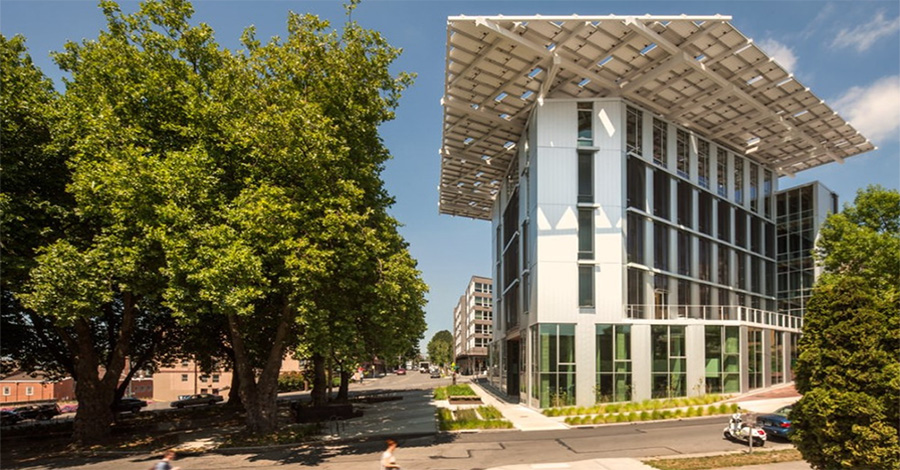
06. Shanghai World Financial Center
- Environmental
One outstanding example of sustainable architecture is the "Shanghai World Financial Center" located in Shanghai, China. This skyscraper is designed to achieve sustainable urban living while minimizing its impact on the environment. The notable features of the building include the use of high-performance insulation materials, glass, and LED lighting, significantly reducing energy consumption. Moreover, renewable energy systems such as wind power and solar power are implemented to ensure sustainable energy supply. Furthermore, the building features green rooftop gardens and public spaces, promoting urban greening and enhancing quality of life. Additionally, environmental initiatives such as waste reduction and recycling programs are actively pursued. Thanks to these efforts, the "Shanghai World Financial Center" is highly regarded as a typical example of sustainable architecture on a global scale.
*Our fireproof coating material was used in this building.
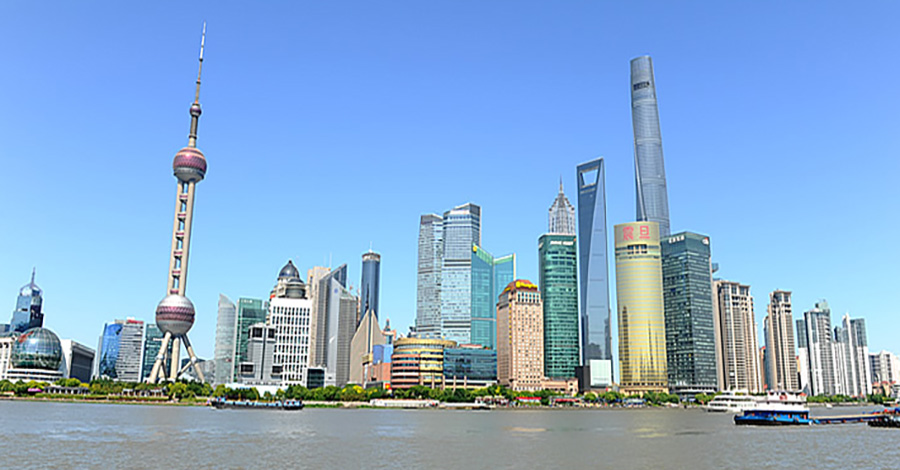
07. Scandic Hammersborg
- Environmental
- Social
One example of sustainable architecture is the "Scandic Hammersborg" located in Oslo, Norway. This building is designed to suit Norway's climatic conditions and focuses on minimizing energy consumption. Notably, the efficiency of the heating and cooling systems is ensured through the installation of solar panels on the building's exterior walls and the use of heat exchange systems. Furthermore, efforts are made towards waste recycling and reuse, successfully minimizing environmental impact. The building's design maximizes natural light to enhance residents' comfort and health. Additionally, the building's accessibility to public transportation is excellent, with bicycle parking and charging stations also provided. The "Scandic Hammersborg" is recognized as an excellent example of sustainable architecture that combines sustainability and comfort.
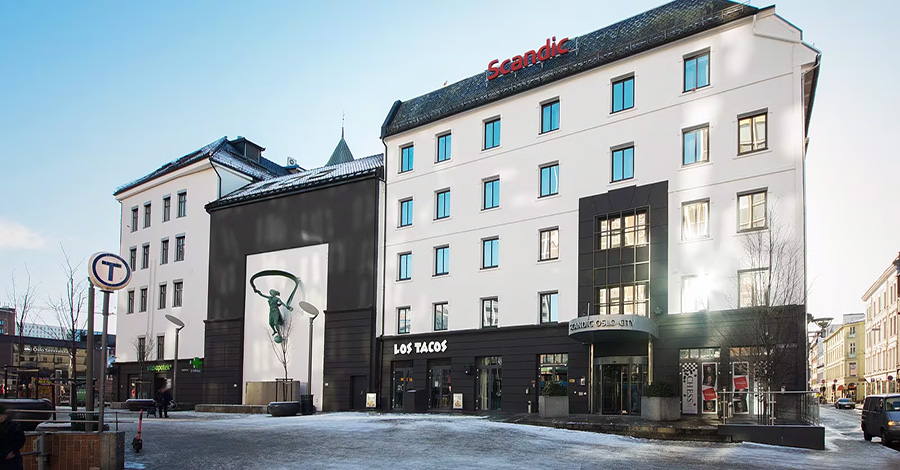
08. One Bryant Park
- Environmental
- Economic
An excellent example of architecture focusing on sustainability is the "One Bryant Park" located in New York City, USA. The skyscraper utilizes innovative design and technology, aiming to minimize its impact on the environment. Firstly, the building's exterior features a glass curtain wall, which provides excellent insulation and maximizes natural light, minimizing the use of artificial lighting. Furthermore, solar panels are installed on the rooftop to maximize the utilization of renewable energy. Additionally, initiatives such as wastewater treatment systems and waste management are actively pursued, demonstrating a thorough commitment to environmental considerations. Inside the building, energy-efficient facilities are used to provide a comfortable living environment. "One Bryant Park" is recognized internationally as an advanced architectural achievement in sustainable design.
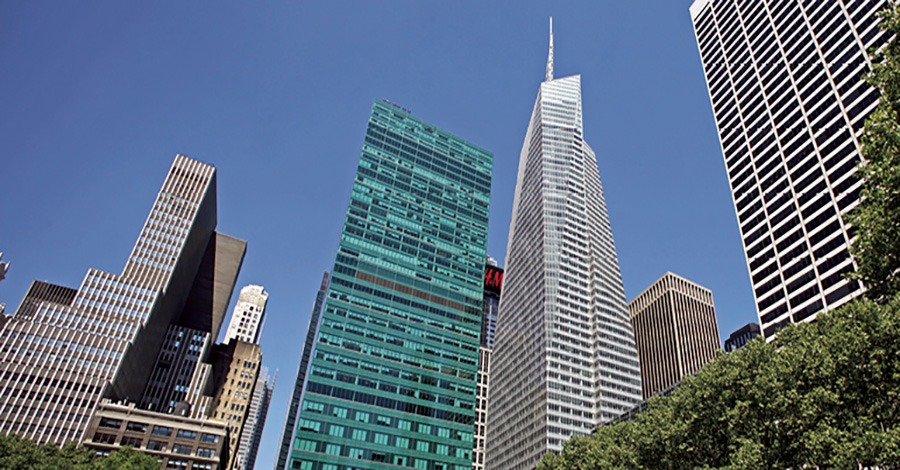
09. Zero Emission House
- Environmental
- Social
One of the most notable examples of architecture that pursues sustainability is the "Zero Emission House" located in Stockholm, Sweden. The building aims to achieve zero emissions and uses innovative techniques in its design and construction. Firstly, the building utilizes high-performance insulation materials and triple-glazed windows to maximize thermal insulation. Additionally, solar panels are installed on the roof to promote the use of renewable energy. Furthermore, heating and cooling systems utilizing geothermal heat and underground heat are implemented to ensure efficient energy utilization. Inside the building, energy-efficient appliances and LED lighting are used to minimize energy consumption. Waste sorting and recycling are also actively carried out, maintaining ongoing efforts to minimize environmental impact. The "Zero Emission House" has attracted international attention as an excellent example showcasing best practices in sustainable architecture.
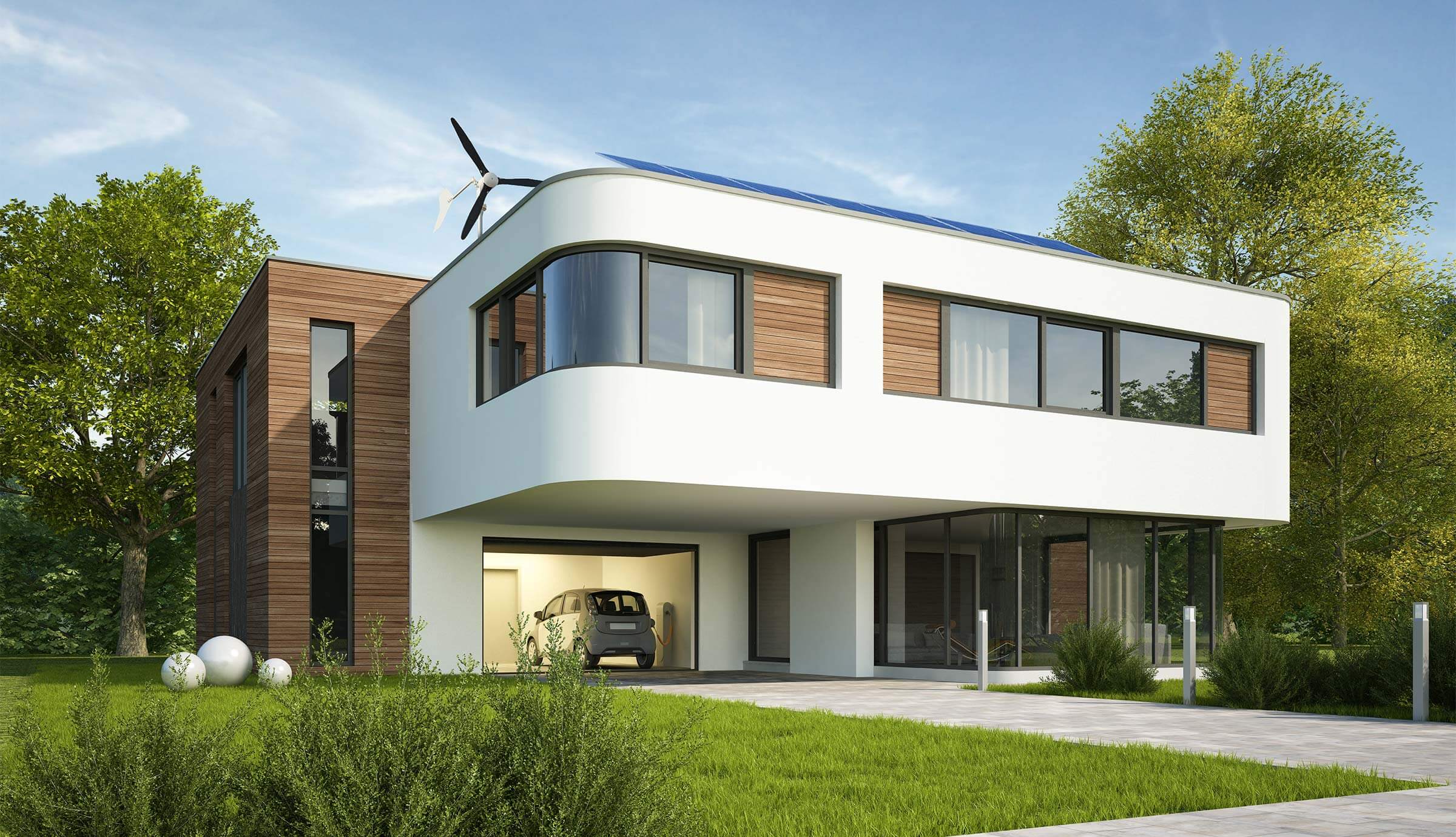
Column categories
Portal categories
Access Ranking
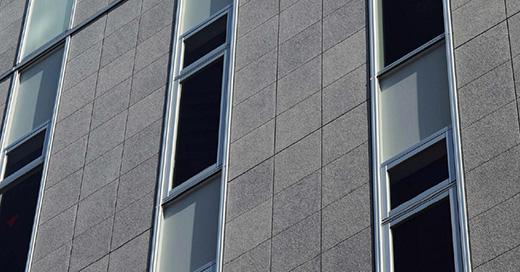
Material
2023.01.20
What are the advantages of expressing with a textured product instead of using natural stone?
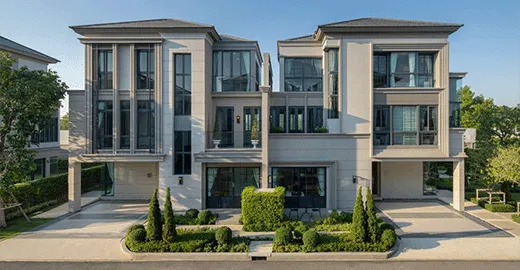
Architecture
2023.01.20
Hints for creating concepts

Functional
2023.01.23
Considering the functions necessary to keep buildings beautiful over a long period of time.

Material
2023.08.23


